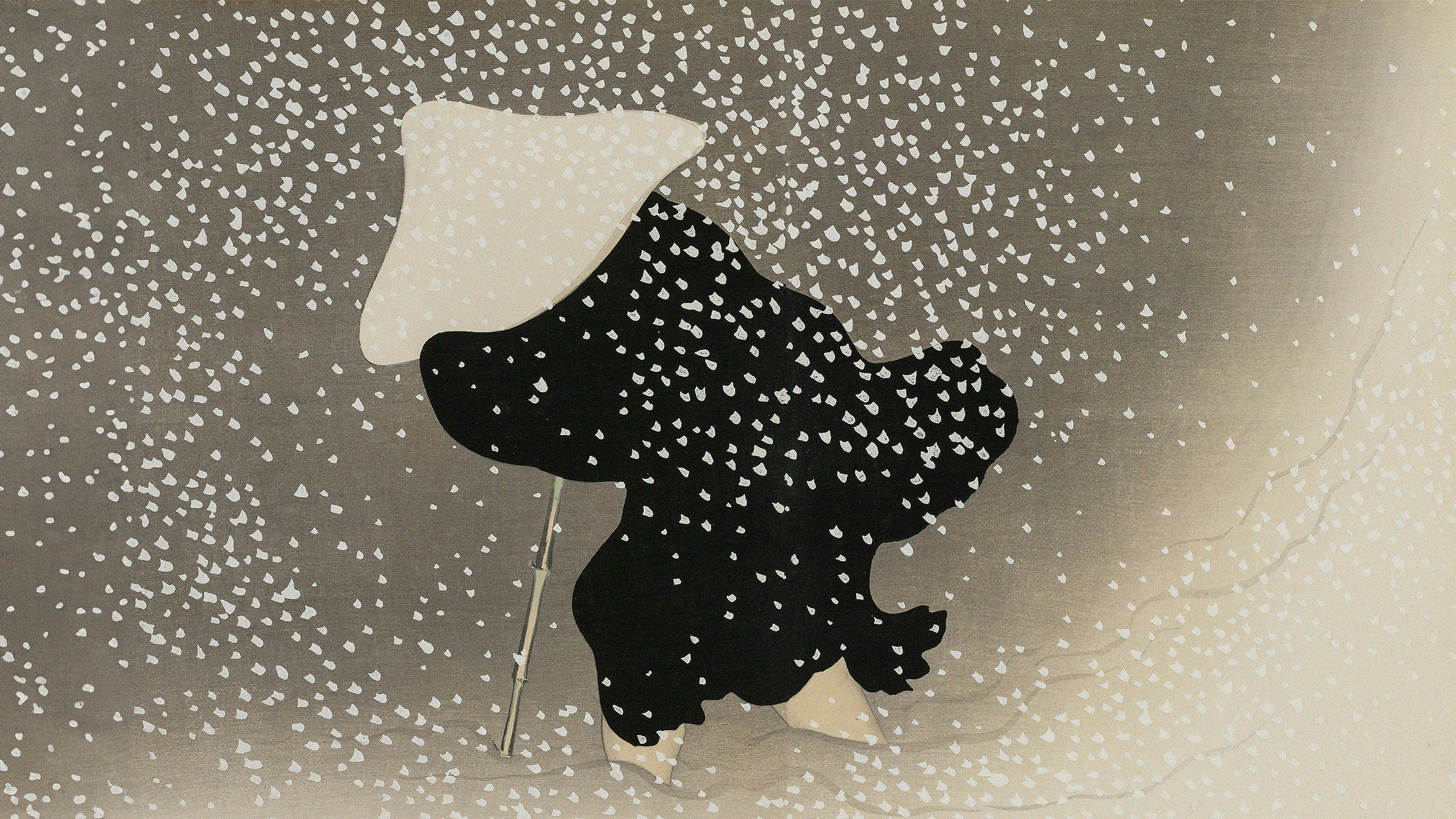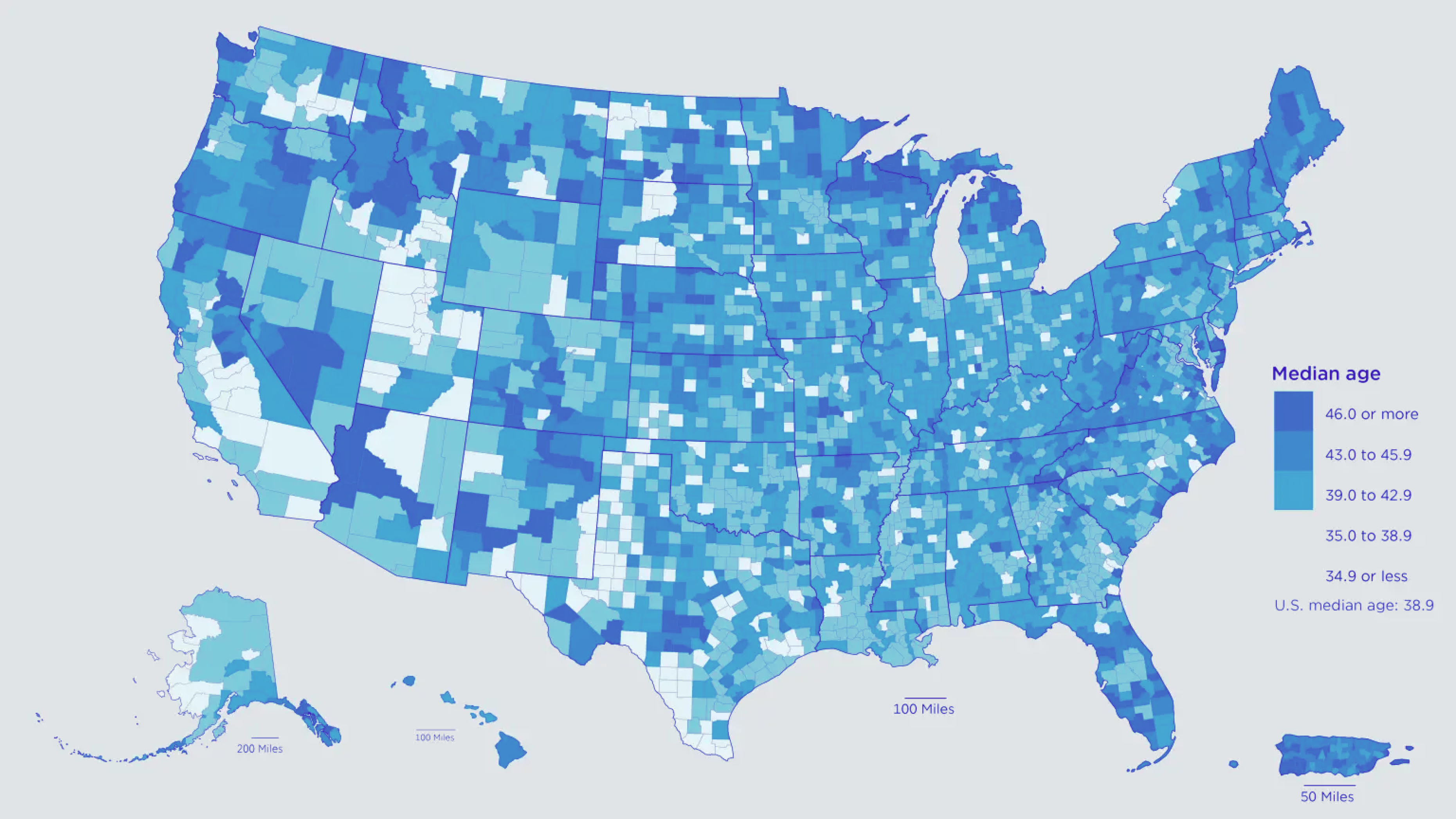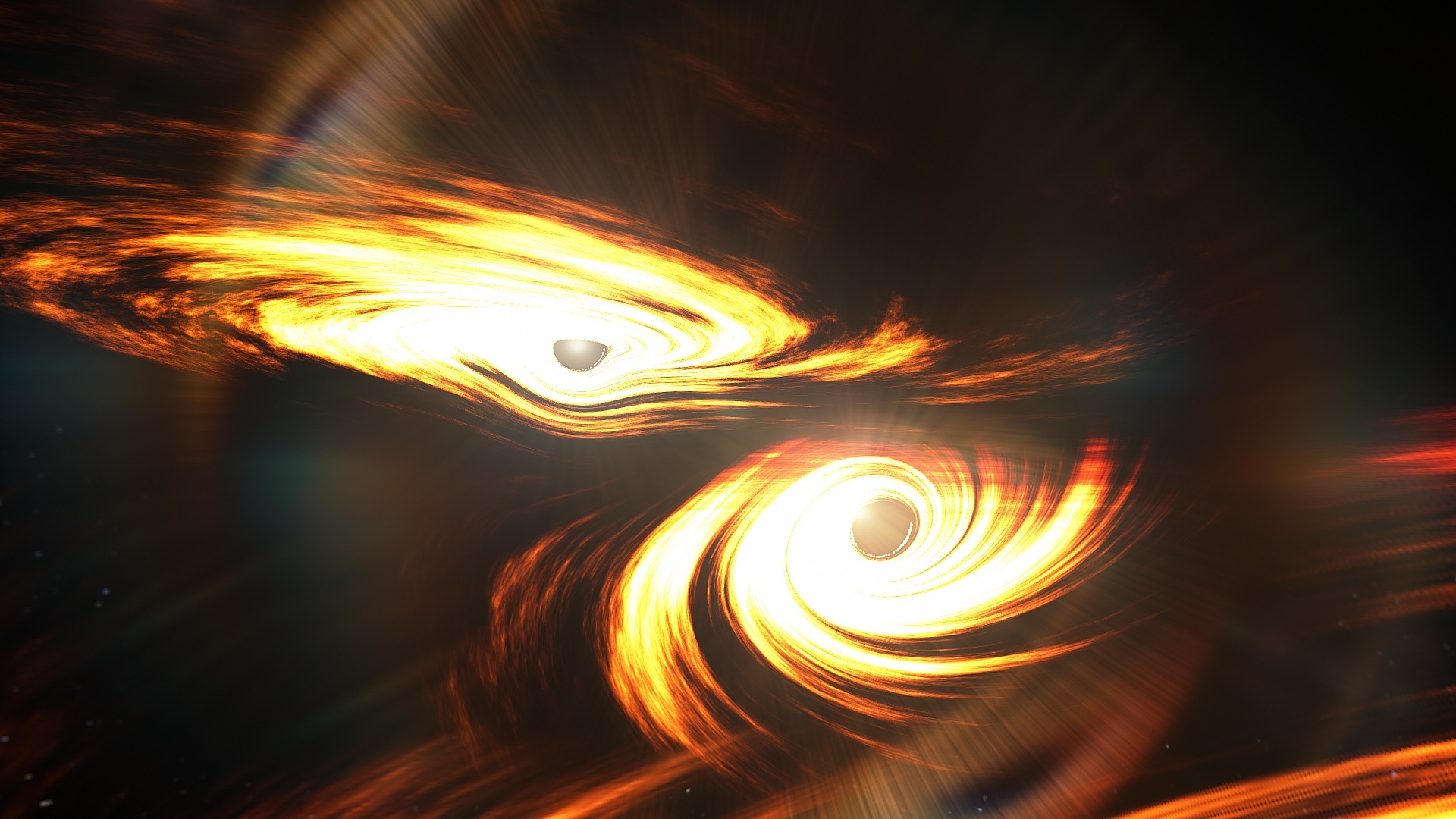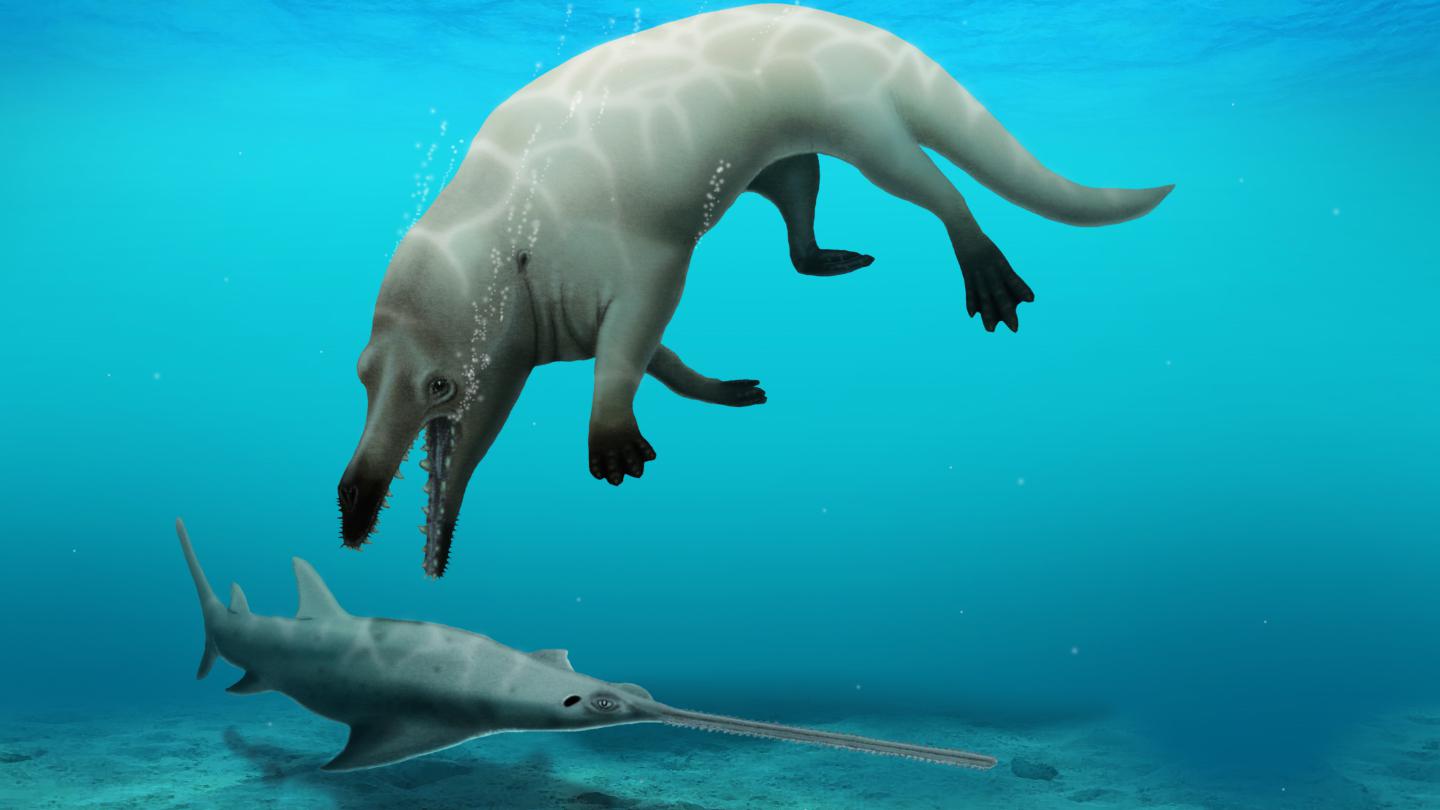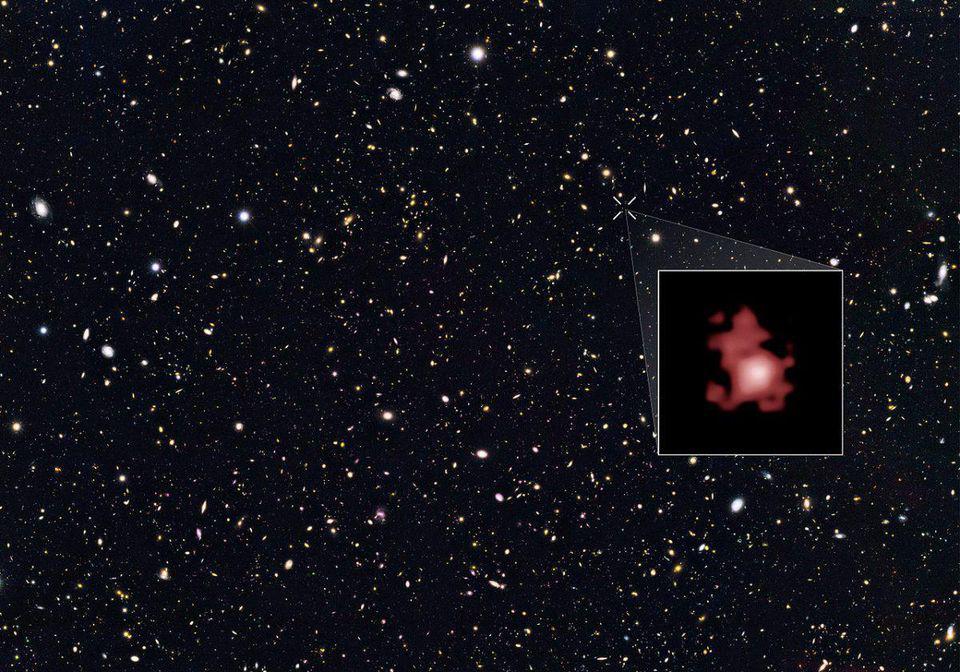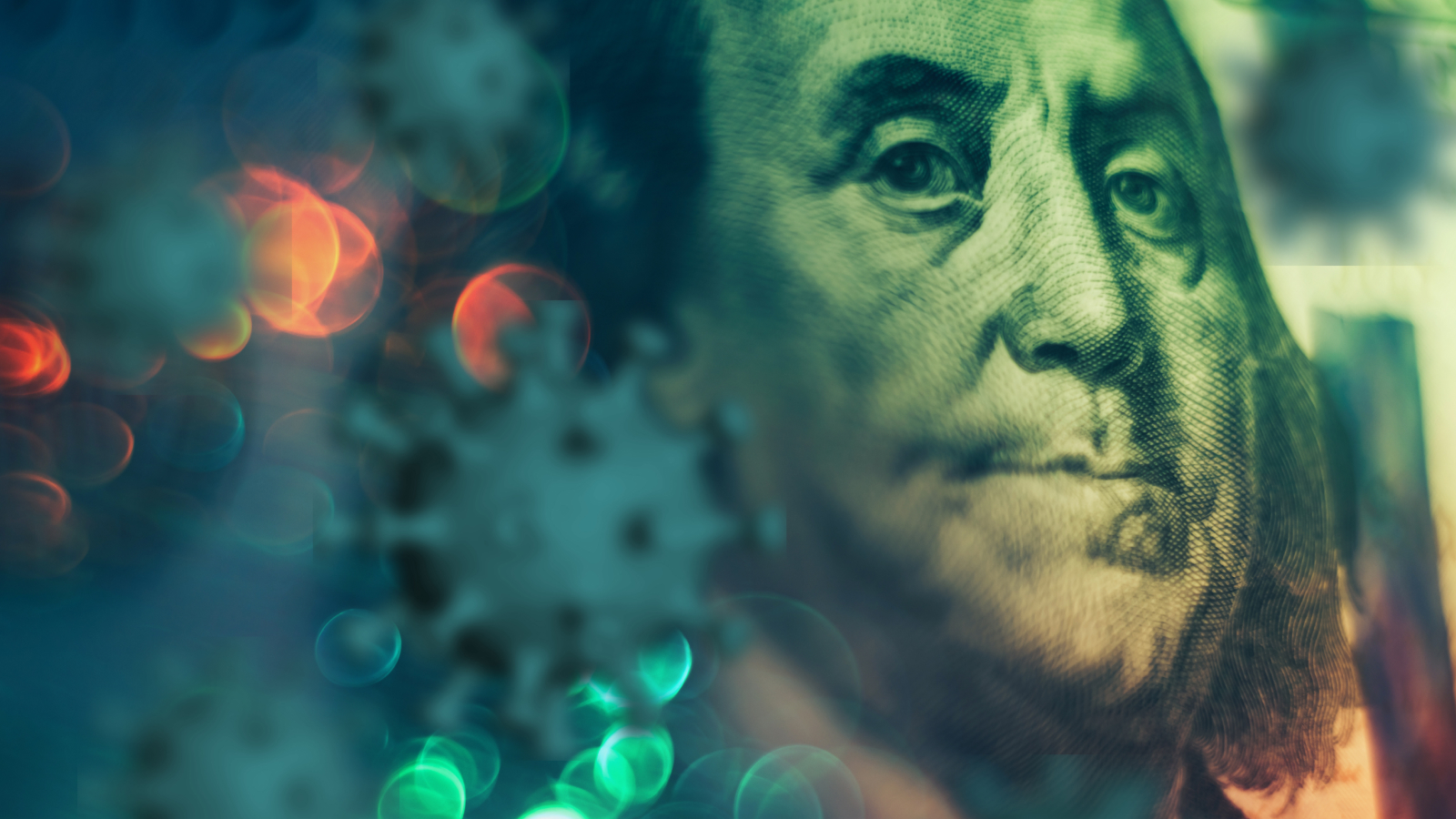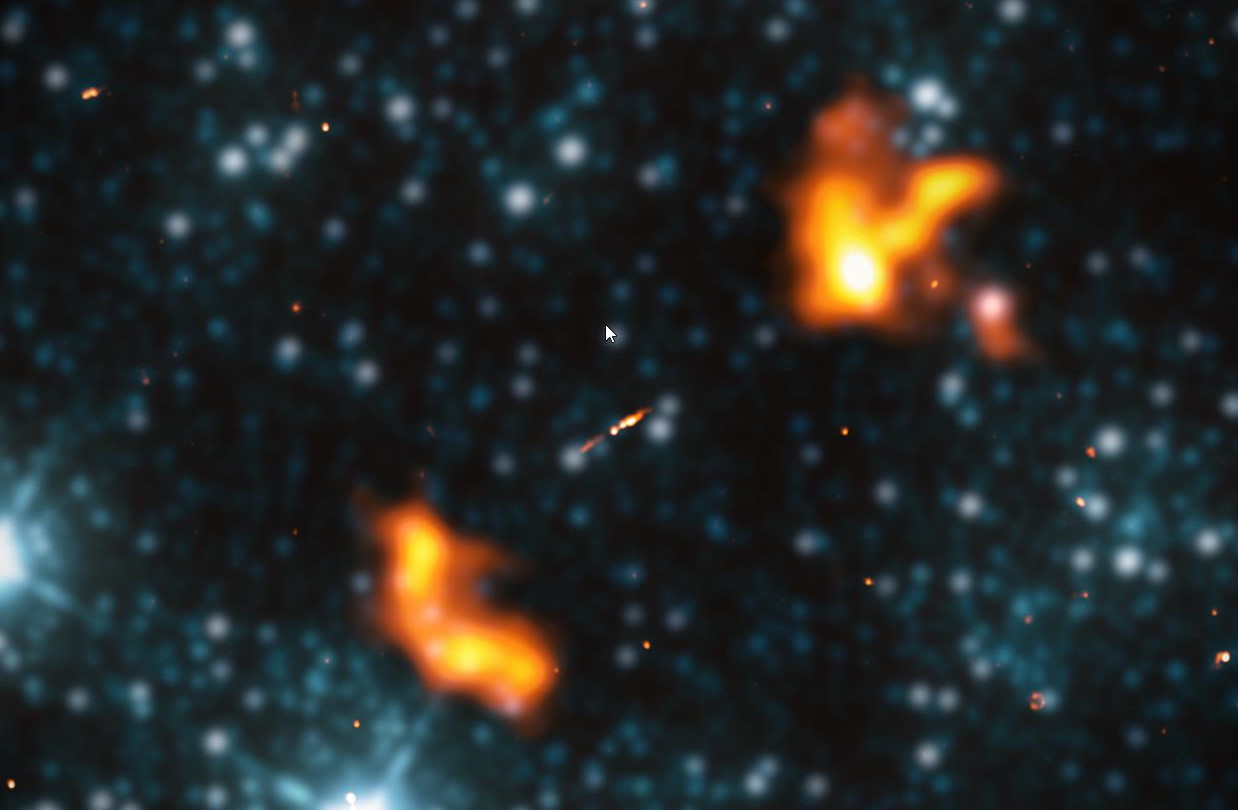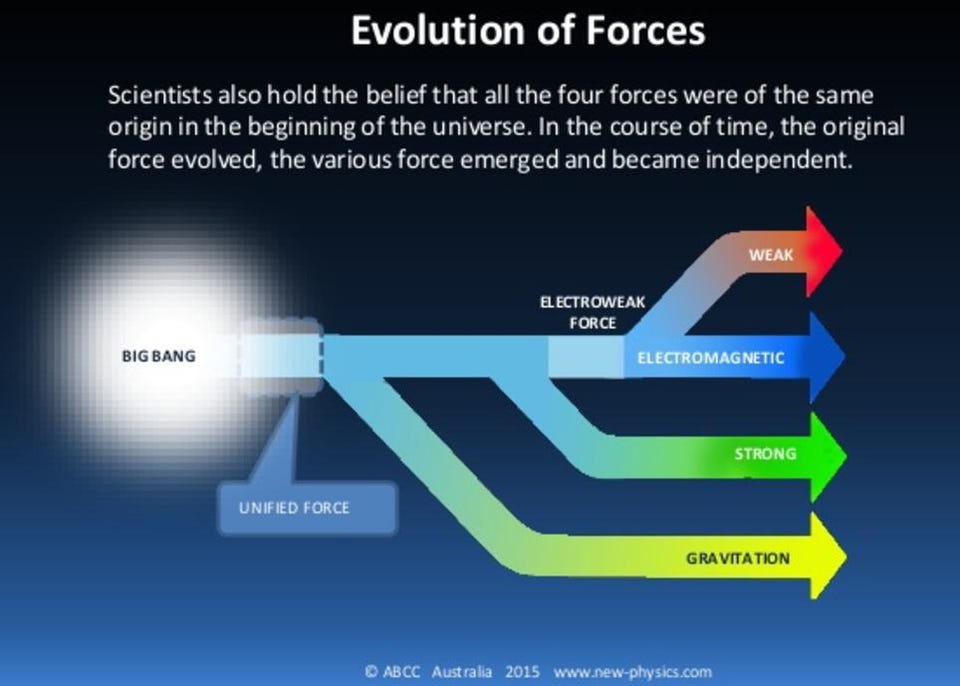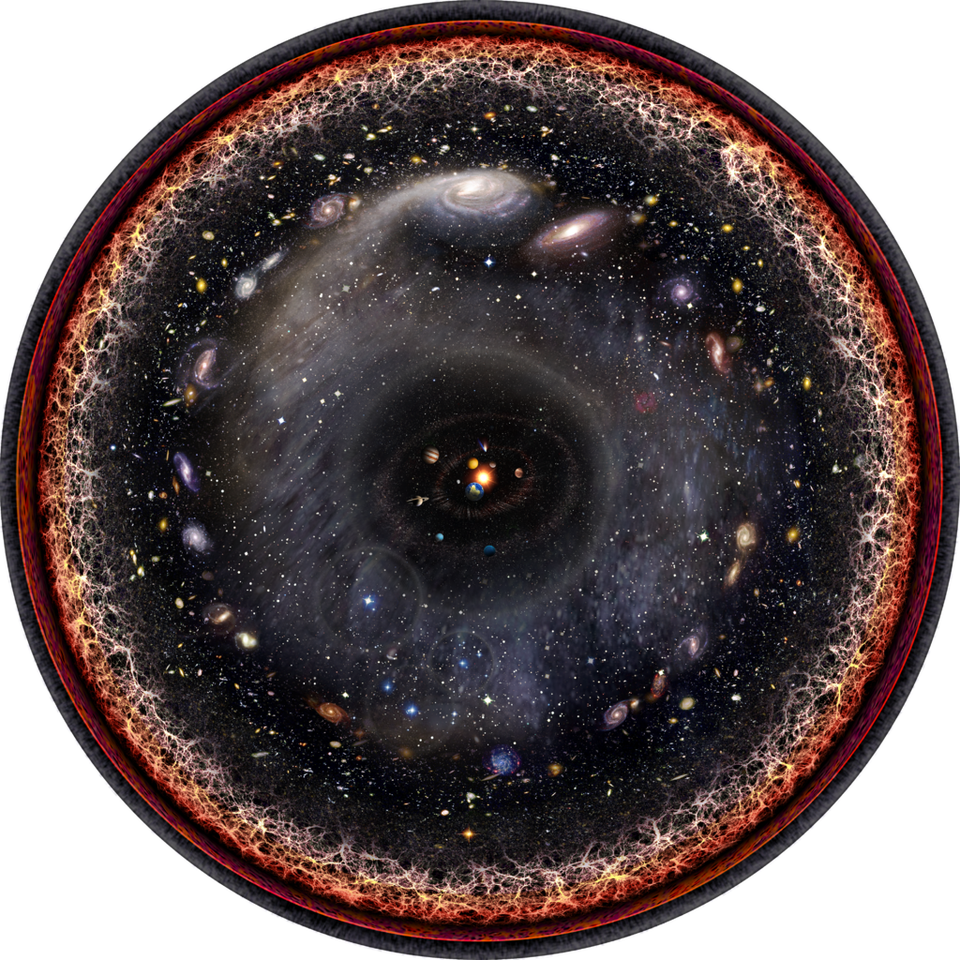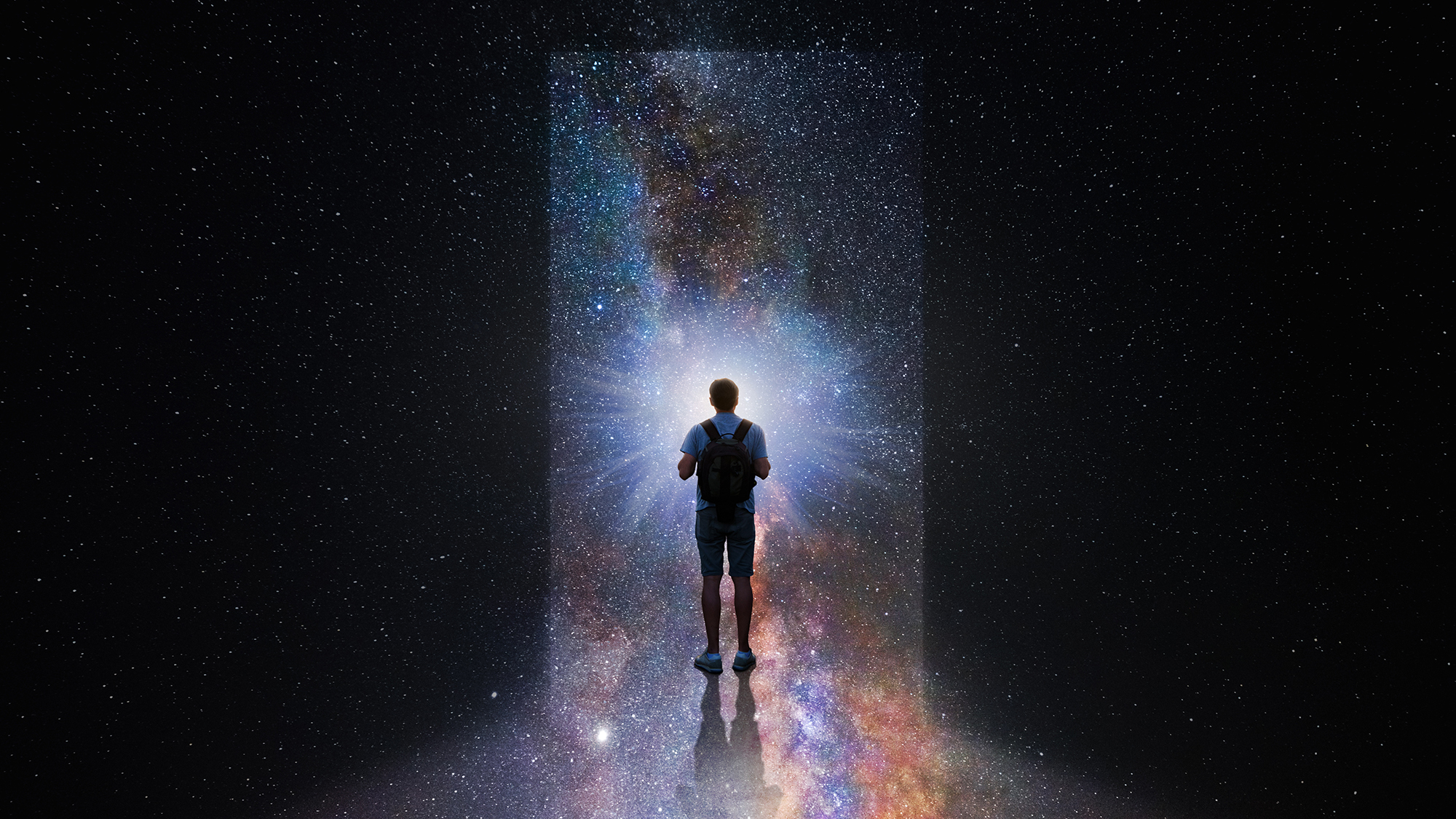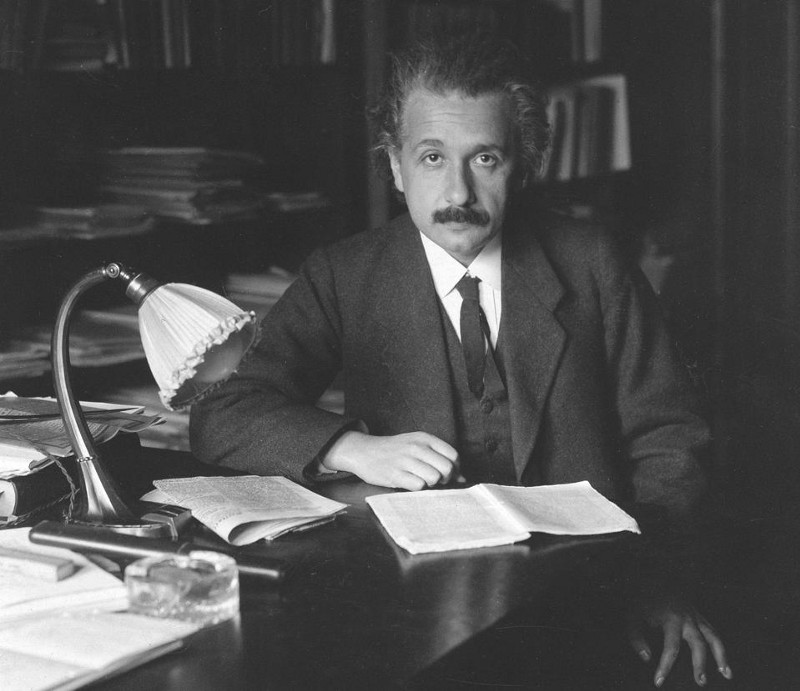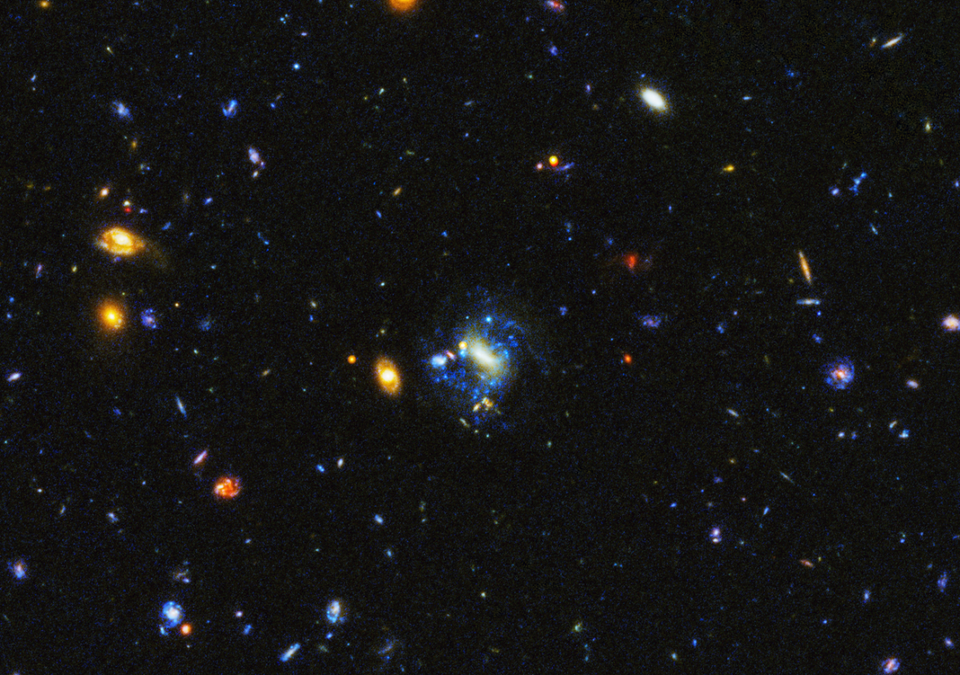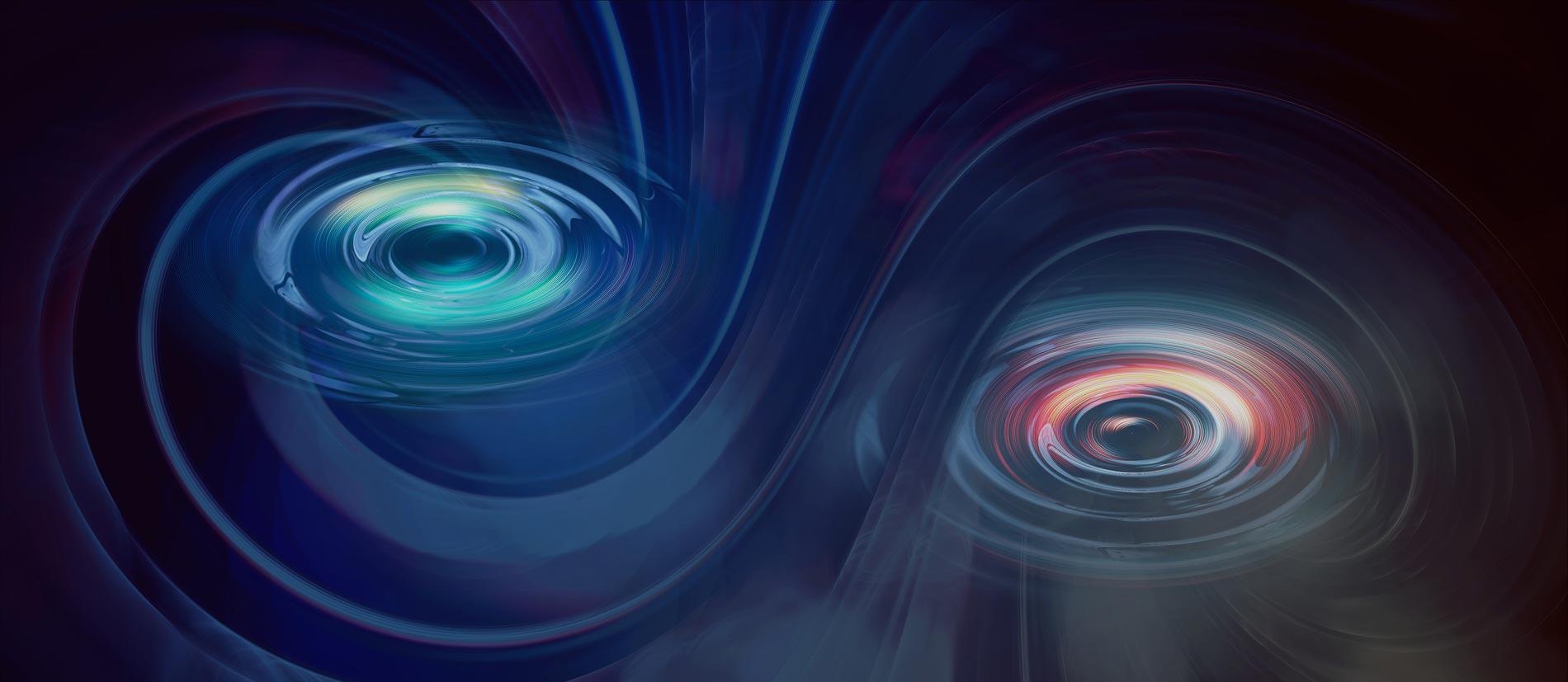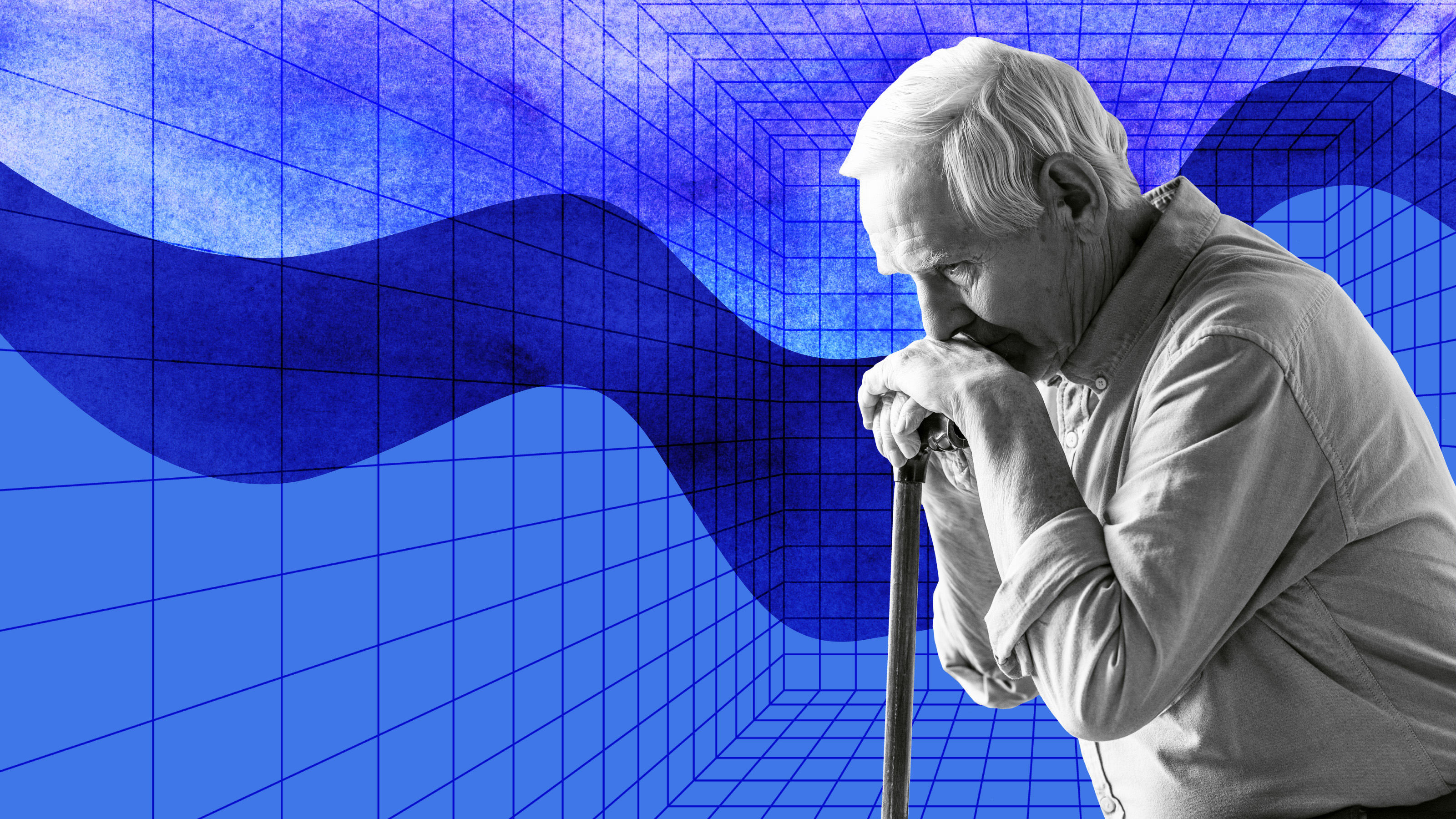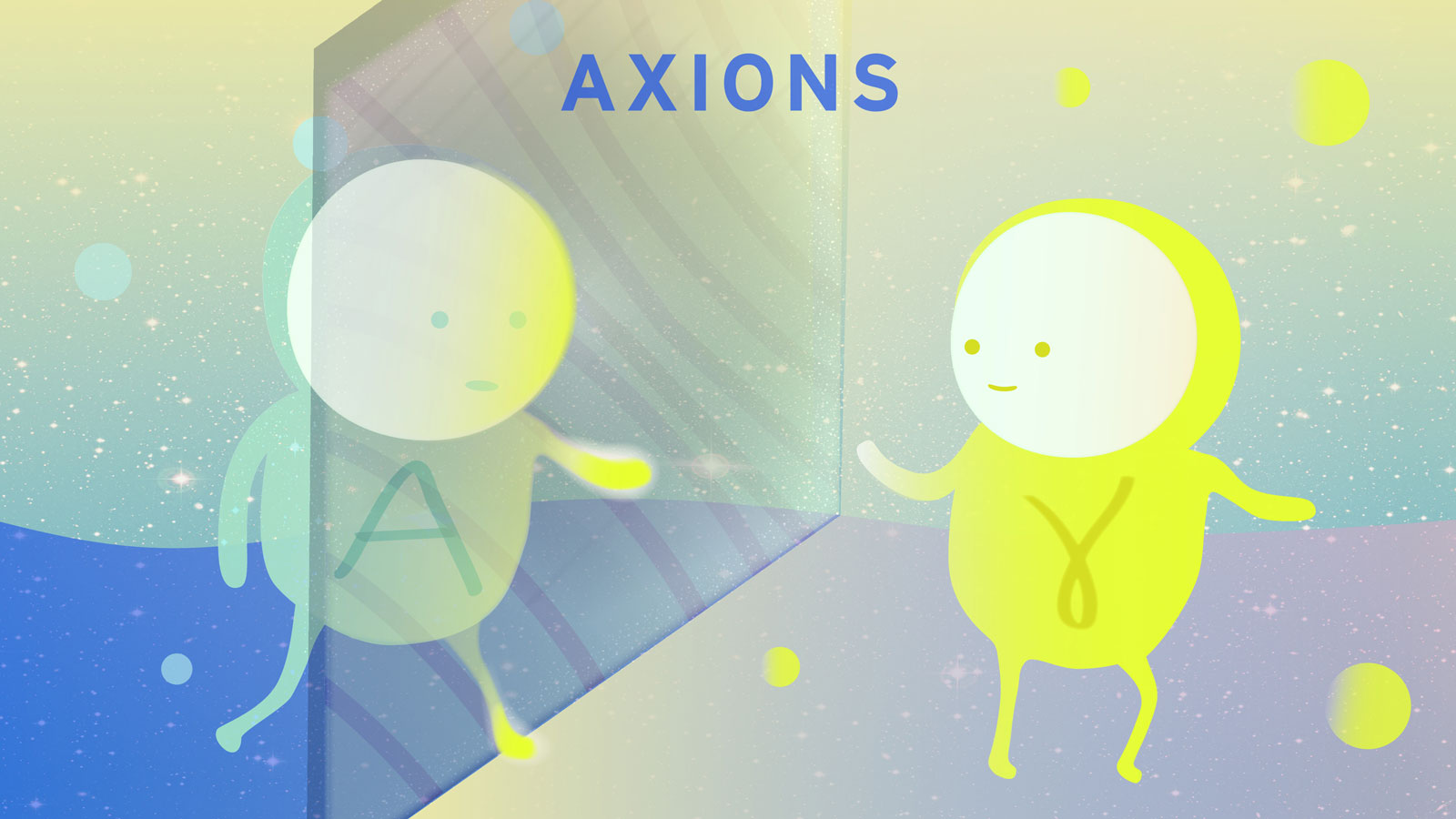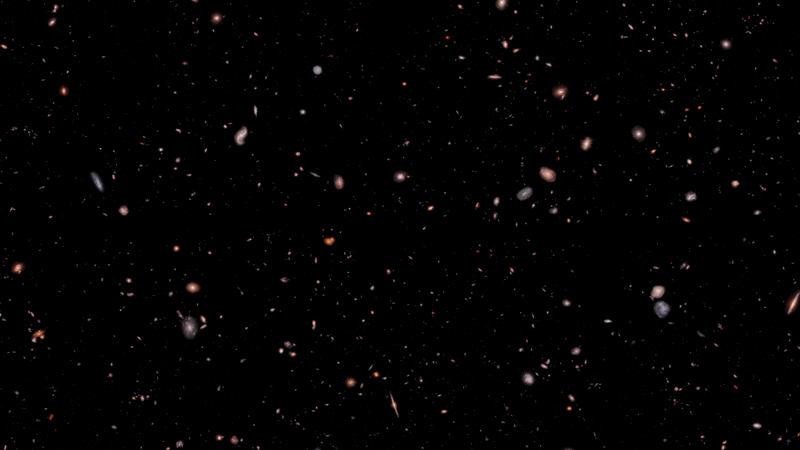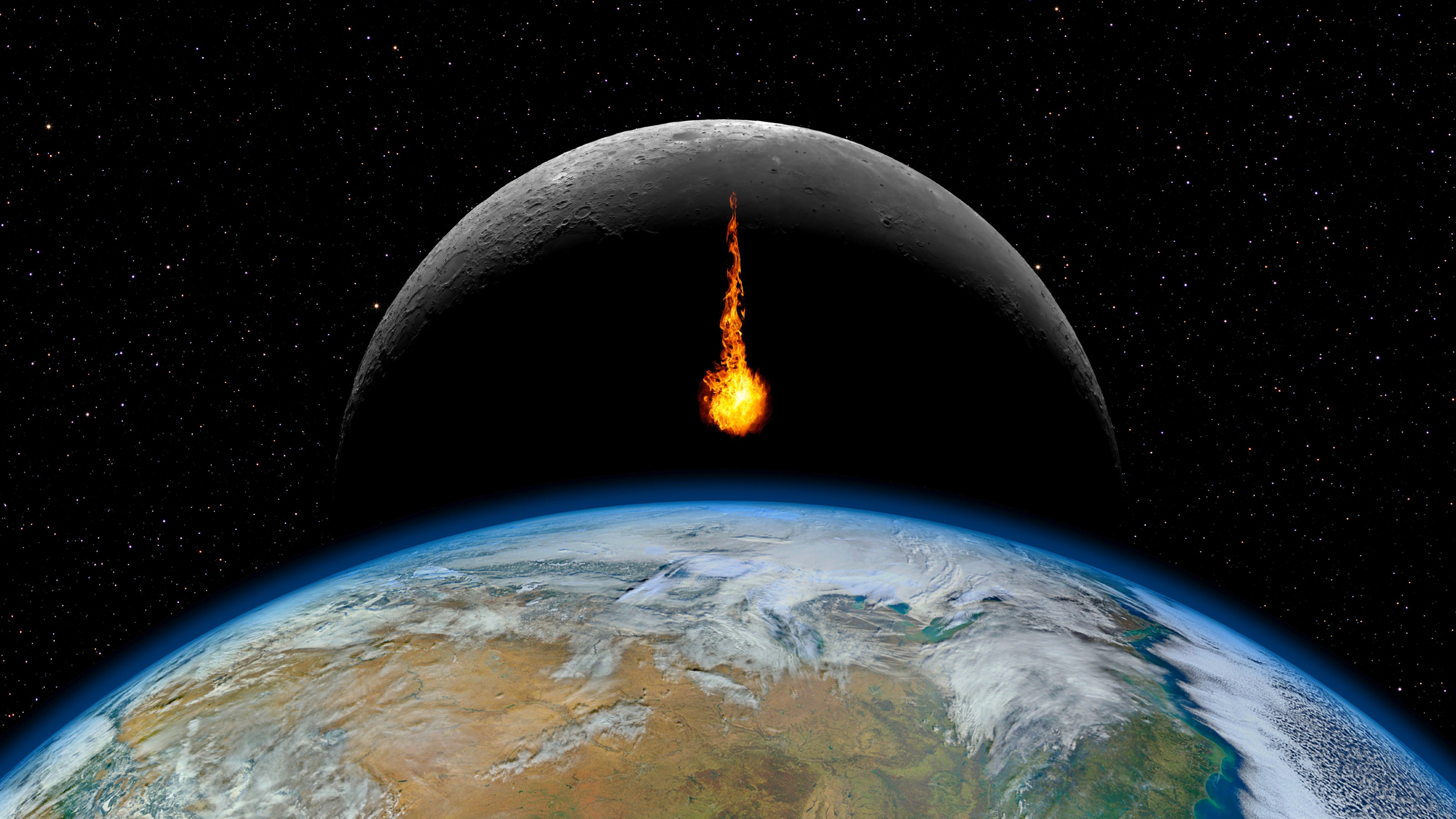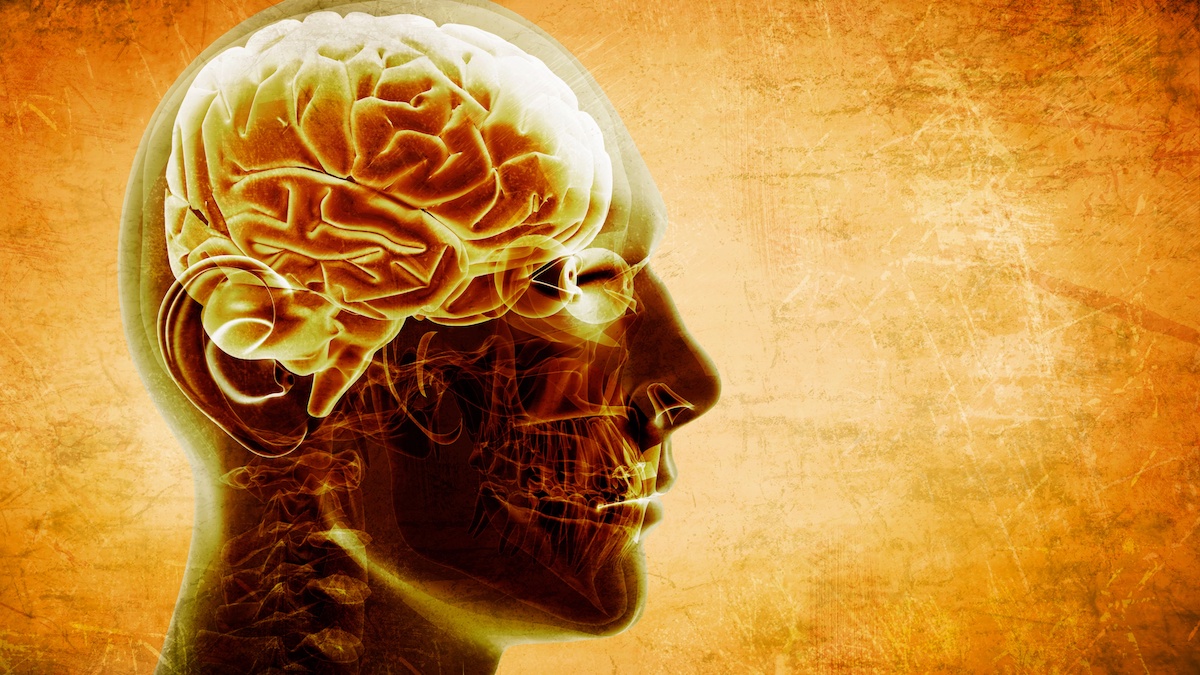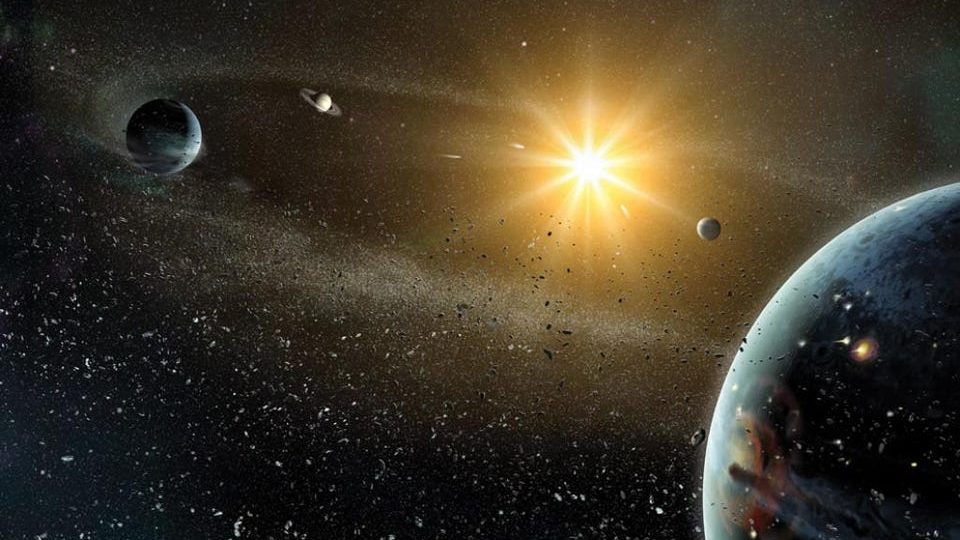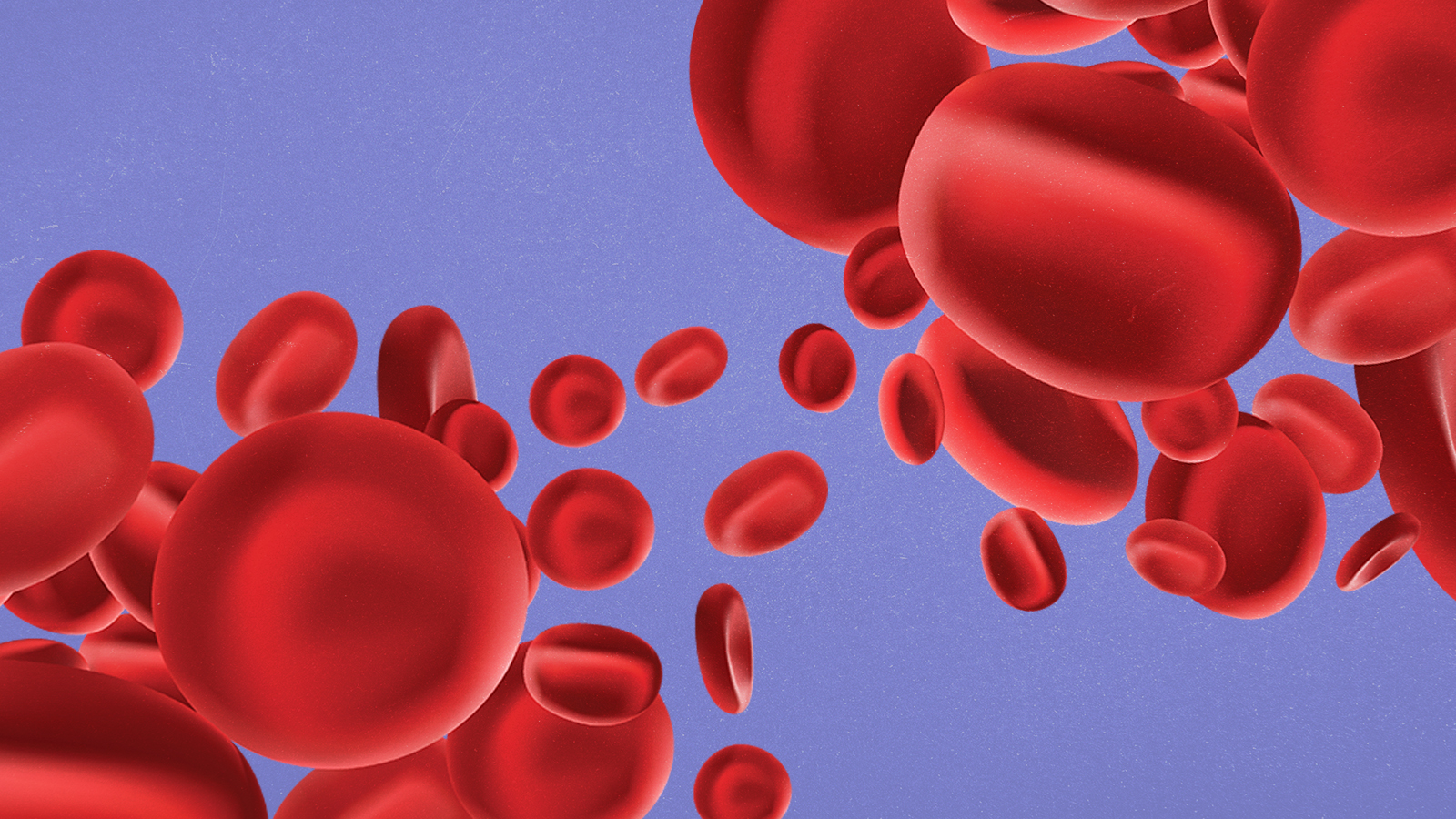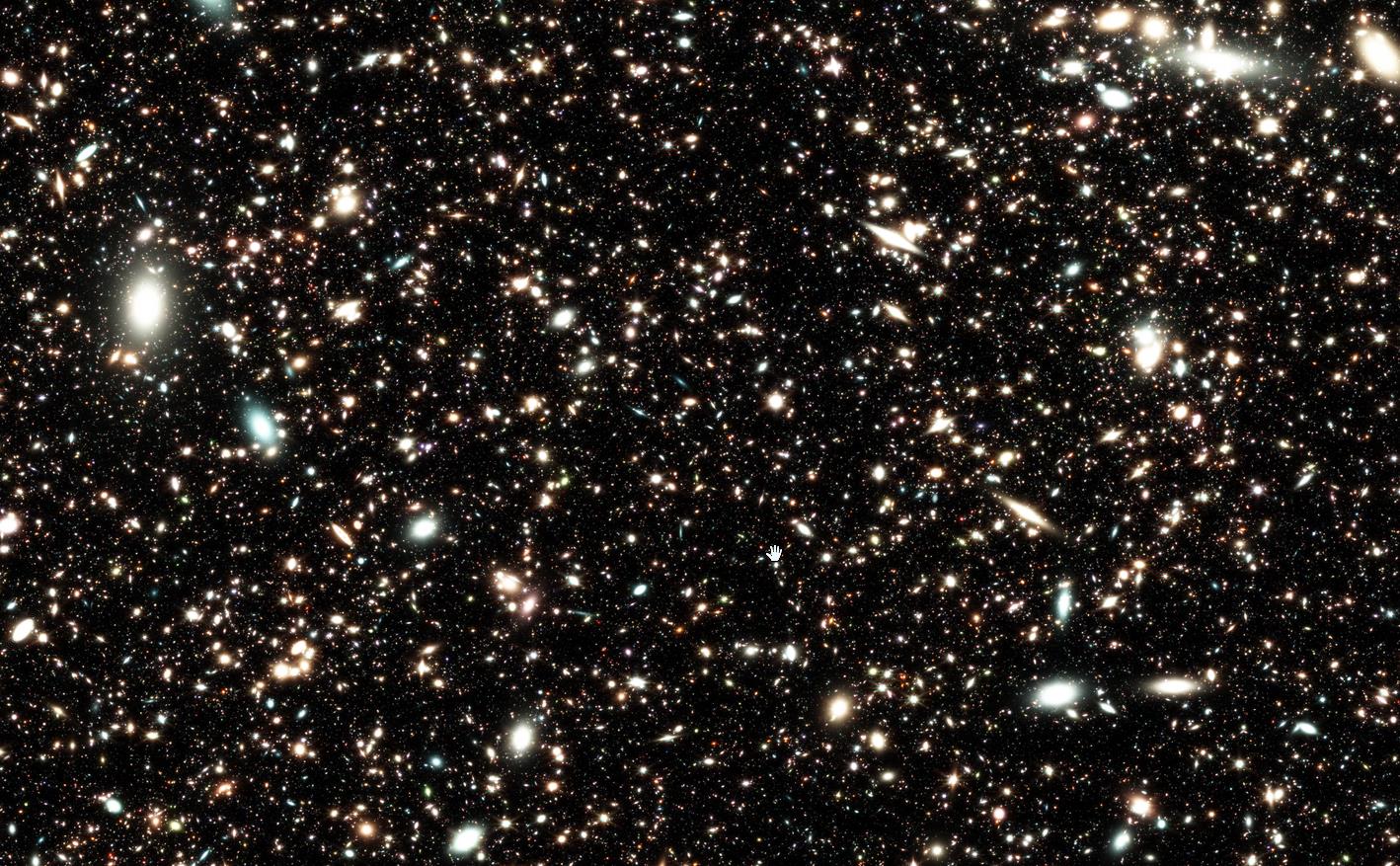From up close, the cracking sound of a thunderclap dominates. From far away, it's more like a drawn-out rumble. Can science explain why?
Search Results
You searched for: E P
Japanese thought can’t be easily characterized by just a few books — but this essential guide is a great place to start.
A recently identified stage of sleep common to narcoleptics is a fertile source of creativity.
Almost everything we can observe and measure follows what's known as a normal distribution, or a Bell curve. There's a profound reason why.
All matter particles can act as waves, and massless light waves show particle-like behavior. Can gravitational waves also be particle-like?
Yet another ocean monster has been discovered.
Drop sodium in water, and a violent, even explosive reaction will occur. But quantum physics is needed to explain why.
The universe is filled with unlikely events, but is also full of ways to fool ourselves.
Psychologist Mary C. Murphy explains why growth-mindset teams outperform those centered around a lone genius.
Here are the signs that you inherited “money anxiety” from your parents.
When someone attempts to make you afraid of something that hasn't happened instead of a true, present danger, suspect this nefarious ploy.
According to Harvard career advisor Gorick Ng, this time-saving system can help us reclaim our work-life sanity.
Move over, IC 1101. You may be impressively large, but you never stood a chance against the largest known galaxy: Alcyoneus.
If the electromagnetic and weak forces unify to make the electroweak force, maybe, at even higher energies, something even greater happens?
When we look out at the Universe, even with Hubble, we're only seeing the closest, biggest, brightest galaxies. Here's where the rest are.
Physics demands that it couldn’t be any other way. Here’s why. Ask anyone — even someone with no background in science — to name something that Einstein did, and odds are they’ll come back with […]
Previously, only the brightest and most active galaxies could pierce the obscuring wall of cosmic dust. At last, normal galaxies break through.
Are quantum fields real, or are they simply calculational tools? These 3 experiments show that if energy is real, so are quantum fields.
“It doesn’t erase what happened to you. It just changes the impact it has on your life.”
The majority of the matter in our Universe isn't made of any of the particles in the Standard Model. Could the axion save the day?
From the present day all the way to less than 400 million years after the Big Bang, we're seeing how the Universe grew up like never before.
Is history decided by discernible laws or does it unfold based on random, unpredictable occurrences?
For centuries, men prevented women from writing music. These classical composers broke with social norms and made their mark on history.
Like sneaking veggies into dessert, these board games teach STEM, strategy, and executive functions through the joys of play.
If argumentation led to nothing, it would soon be thrown into the evolutionary dustbin.
In 1990, we only knew of the ones in our Solar System. Today, we know of thousands, and that's just the tip of the iceberg.
Just 12 million light-years away, the galaxies Messier 81 and 82 offer a nearby preview of the Milky Way-Andromeda merger.
New blood types are regularly discovered by an unusual absence or an unusual presence — both of which can result in tragedy.
Hubble's deepest views of space revealed fewer than 10% of the Universe's galaxies. James Webb will change that forever.

